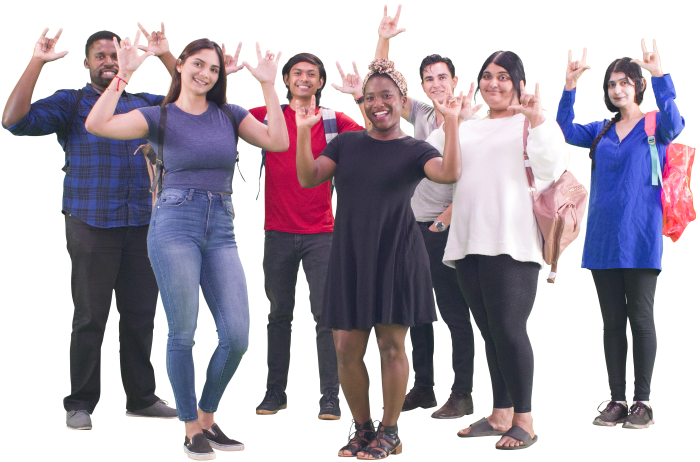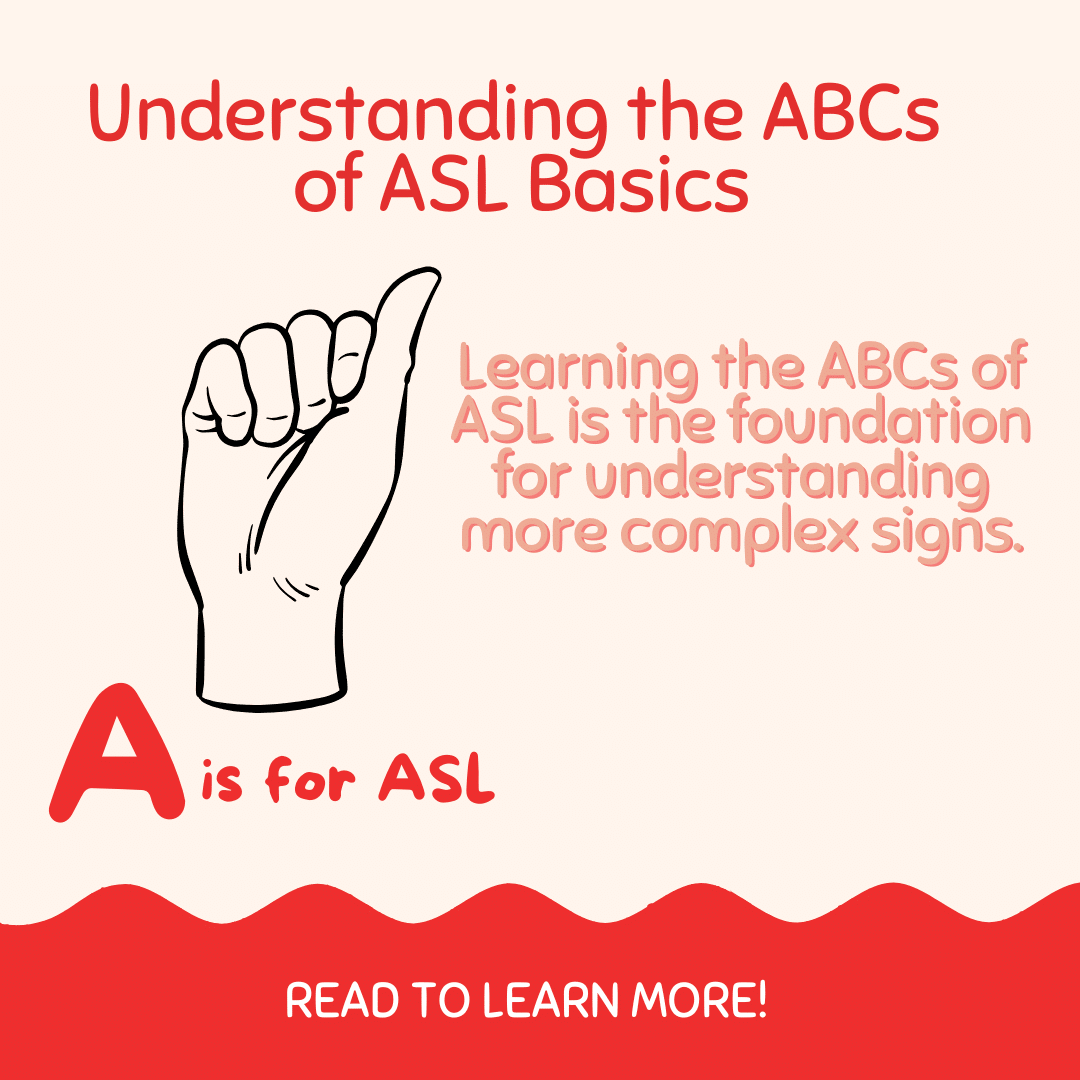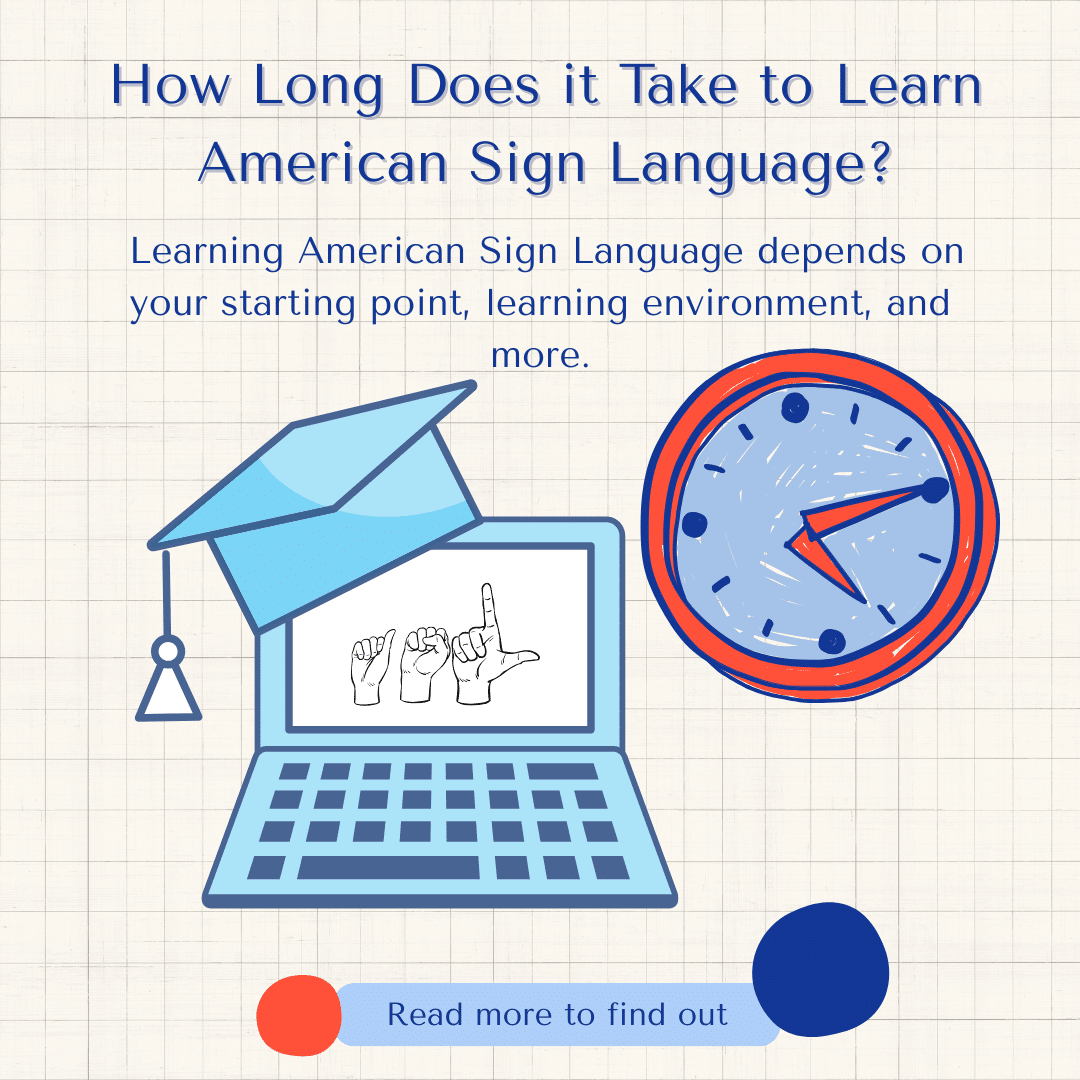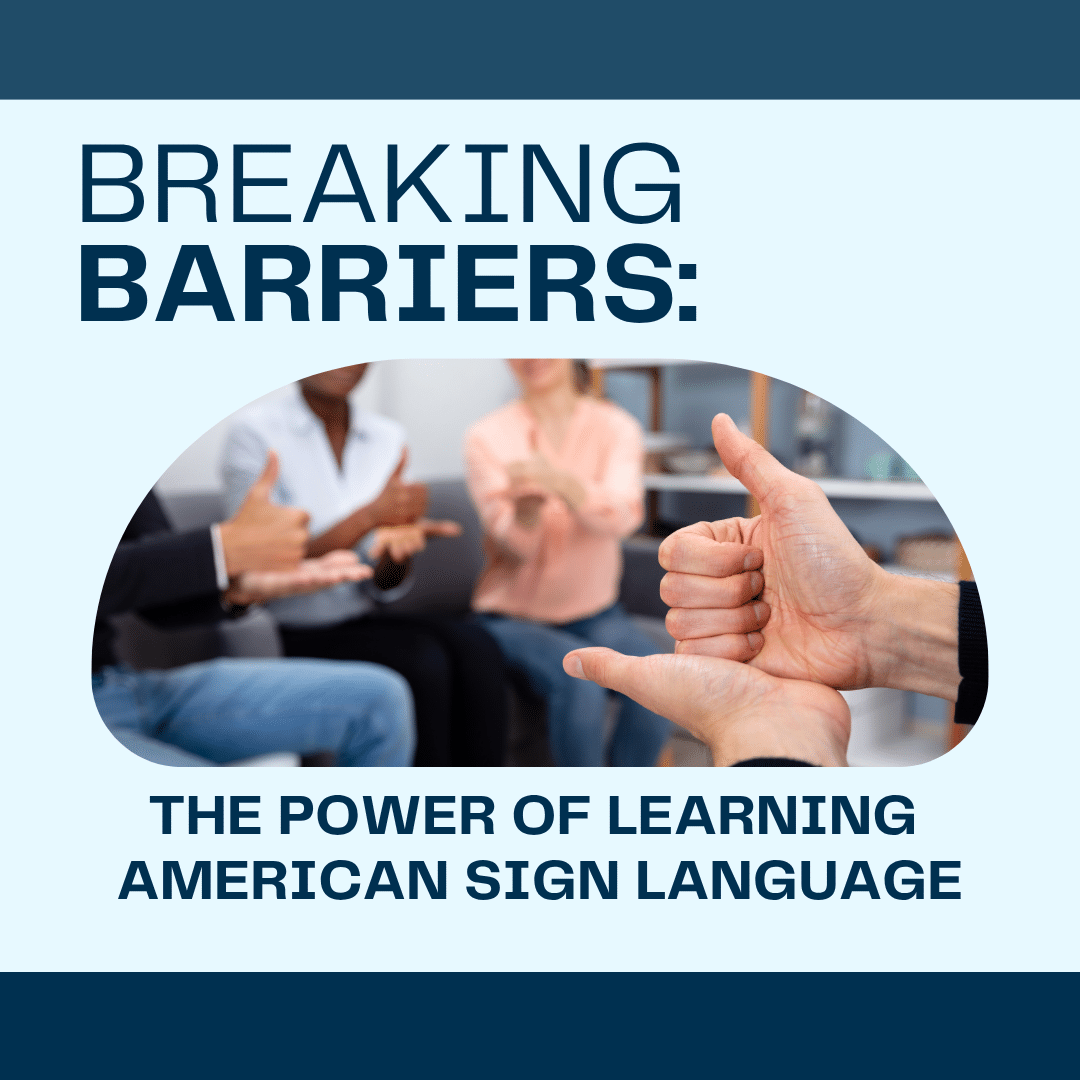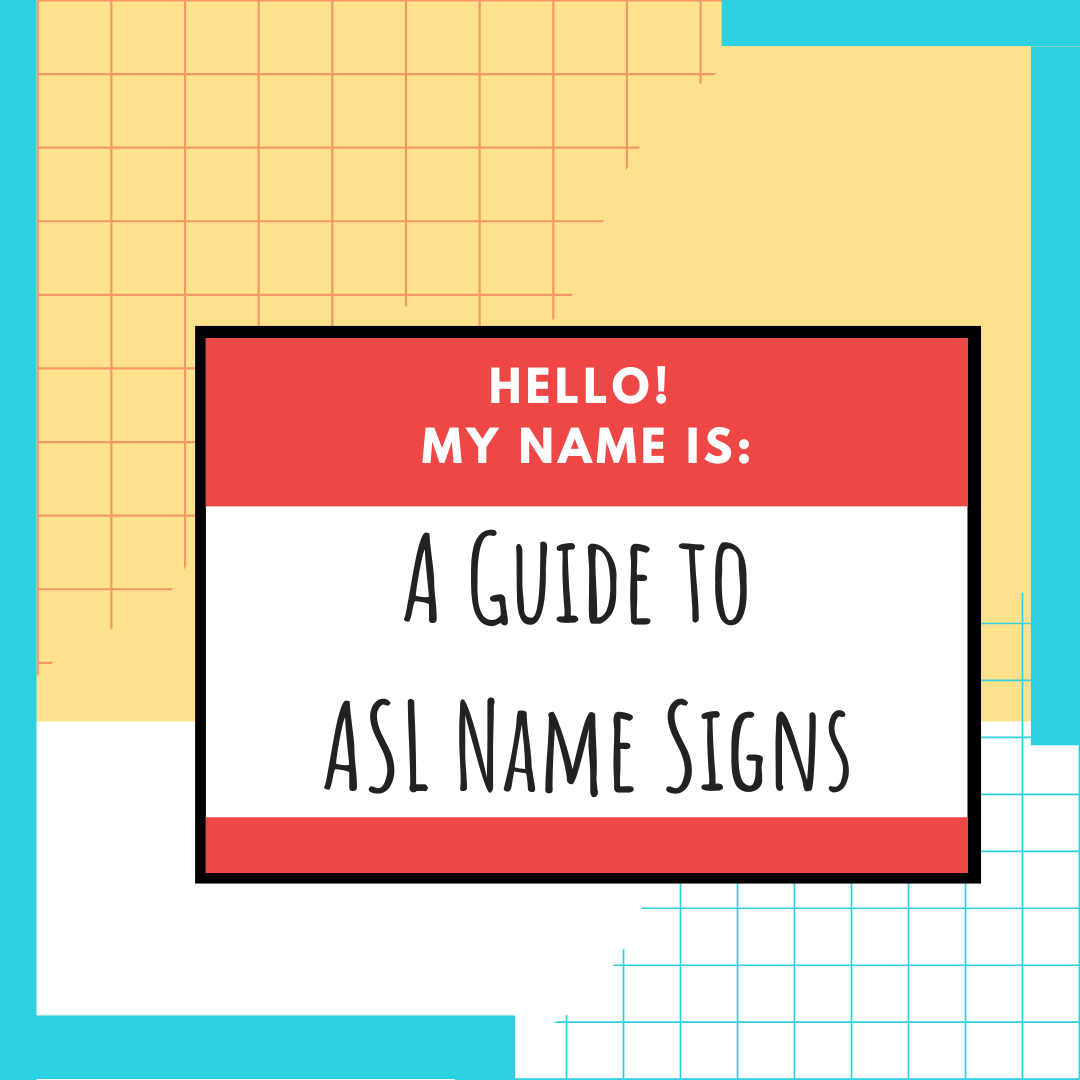
Online ASL: ASL 4 – Unit 3 Sample
In this unit sample of our online ASL course, you will learn about the Americans with Disabilities Act (ADA).
Americans with Disabilities Act (ADA) Presentation
In the presentation below, you will learn about the Americans with Disabilities Act (ADA).
Presentation Outline
Use the outline below to follow and make sure you fully understand the presentation.
- The Americans with Disabilities Act (ADA) was passed in 1990 after the Deaf President Now movement and provides accessibility for all disabled people.
- Including people who use wheelchairs, blind, deaf, physical disabilities, and all other people with disabilities (PWD).
- The ADA adds more legal protections to the Rehabilitation Act of 1973.
- Including for deaf and disabled people in areas of employment, public accommodations, public services, and telecommunications.
- The ADA requires that reasonable access be provided for disabled individuals.
- Including wheelchair ramps, interpreters and captions for the Deaf, and ridged curbs for the blind.
- The ADA protects disabled people from discrimination.
- The ADA even protects Deaf people who don’t consider themselves disabled.
- The ADA is an important milestone in Deaf history and has been very beneficial in the lives of Deaf people.
Take Our Free ASL 1 Course
This unit is just a sample of our complete course where you can learn American Sign Language quickly and easily. Enroll in our Free ASL 1 Course today!
Start Learning ASL Today!
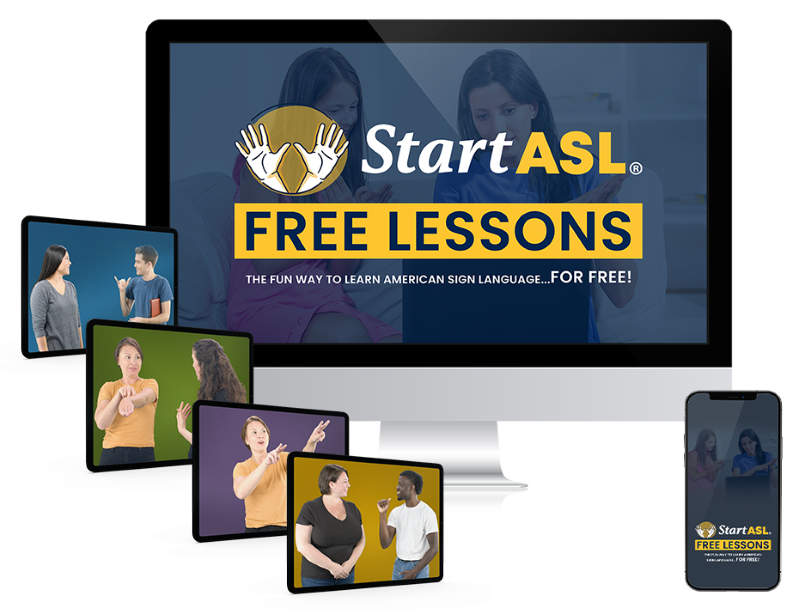 Ready to start learning real American Sign Language and not just basic signs? Do you want to be a part of the vibrant Deaf community? Check out our Free ASL 1 Course or our Complete 4-Level ASL Course options and start learning ASL today!
Ready to start learning real American Sign Language and not just basic signs? Do you want to be a part of the vibrant Deaf community? Check out our Free ASL 1 Course or our Complete 4-Level ASL Course options and start learning ASL today!
Facebook
Twitter
Email
Print
